Excited about boating? Boating is seriously one of the best recreational activities one can ever have (if you have the luxury of doing so), in fact, the US Recreational Boating Market is over 35 million dollars, way back 2014 and more people are getting their boats registered.
Boat donation in the US is also growing, to help fund more water-related recreational activities and to fund educational drive about boating.
If just had a boat, or wants to hold a boat party with friends, you need to know the basics of boating to make sure that you will be able to come back ashore in one piece. Here are 5 of the basic rules in boating.
-
Don’t Drink And Drive
Just like driving on land, operating a boat also needs a sober driver. Driving under the influence of alcohol increases the chances of accidents ten times than those who don’t.
When caught under the influence of alcohol, one can face several consequences such as; (1) Jail time, (2) Suspension of boating license of privilege, (3) Affect driving record, (4) Fined with a minimum of one thousand dollars, (5) Seized and sold boat, and worst (6) Accidents or death.
You surely don’t want any of this to happen, so be sure not to get caught drunk driving. Each state has their own limitations with blood alcohol content. Drinking 1 can of beer is approved by the marine police (still depending on which state you’re from), going the extra mile can get you all of the six consequences mentioned.
If you aren’t the driver and no one else on the boat knows how to drive, make sure to keep the driver sober. It’s not only for his own safety, but everyone else’s. It is not shameful to do the right thing.
-
Avoid extended exposure to CO
Carbon monoxide death mostly happens to people trapped in a car where there is no chance for air to get in nor for the smoke to escape, but it can happen to people riding a boat.
Although you might think it is a little bizarre for this to happen because you are not in an airtight boat and because boats normally have open air conditions, carbon monoxide poisoning can still happen.
Carbon monoxide is the boat’s engine exhaust (if it is gasoline- powered), and it can be smelled from the engine itself or on the exhaust ports located at the lower side of the boat. In order to prevent this from happening you need to;
-
Make sure the exhaust ports do not have any obstruction
-
Avoid areas where there’s not enough ventilation, or when air cannot easily flow in and out
-
Install CO detector
CO exposure symptoms are often times disregarded because it can be equal to seasickness, but if you have someone on the boat, experiencing nausea, breathlessness or even just a headache, it can already be symptoms of CO poisoning.
Have that person moved in an area where there is better air circulation and immediately seek medical help. If you are alone and you feel this symptom, make sure to dock as soon as possible, if you can’t manage it any longer fire your distress signals or call mayday.
-
Be Prepared For Cold Water Incidents
In relation to what’s said in the previous item, carbon monoxide exposure can cause people to fall overboard, which can lead to death.
Falling on cold water is very dangerous, especially when you are alone in the boat, so if you plan to go boating alone, make sure to check the temperature of the water on that day. Warm air doesn’t necessarily mean warm water, so to be safe, wear clothing that can help you survive longer when accidents like falling overboard happen.
Although wearing a bikini is great for women when boating, it wouldn’t help them as soon as they fall off the boat. Without enough body clothing, heat can be lost faster and the chances of survival are low. Hypothermia can happen in under 15 minutes, and unless treated, this can lead to death.
To help avoid falling overboard incidents, always advise people to keep both their feet on the boat and to have one hand hold something sturdy like railings.
If and when someone on your crew or friends fall overboard, make sure to stop the boat right away and rescue that person. The point of falling into cold water itself can already cause shock to him/her and at that point he or she could lose consciousness.
Always have a Type IV lifejacket ready so you can throw that person a floating buoy right away and you can get him/her off the water as soon as possible.
In addition to this, wearing a life jacket (especially for non- swimmers) is recommended all the time when the boat is running. Life jackets can help your body keep heat while waiting for help to come. It will also help you keep floated so you can make positions that can help keep your body heat.
There are recommended positions one can do to keep body heat longer when in cold waters. Here are a few of the things you can do to extend survival time:
-
Button your clothes up. Keeping clothes on, even when they’re already wet, it can still help keep heat.
-
Get as much of your body off water possible.
-
Remain still and avoid moving (if you have a lifejacket)
-
Keep your head and neck above the water
-
Adopt a survival position. When alone, keep your hands and legs close to your chest. If possible have your knees above water. When in a group, embrace each other forming a circle, keeping the elderly and the kids in the middle.
-
Use Kill Switch Lanyards (Falling Overboard)
Wearing a kill switch lanyard is extremely important for a boat driver, especially when alone. This could save a lone driver who fell overboard, because as soon as he gets on the water, the boat’s engine automatically stops.
Aside from possibly dying from hypothermia, a person thrown overboard can also die of being hit by a spinning propeller. If you already have a kill cord installed in your boat, make sure to test if it is in good condition before going into the water. Make sure to attach the cord or wear the lanyard before starting the boat, it’s not always better to be late, you know.
If in case you are going to switch drivers, always stop the boat to get the cord or lanyard transferred properly and don’t start the boat unless the replacing driver is already hooked with it. Although it isn’t a strict requirement, incurring accident injuries because of your failure to wear kill switch lanyards or cords can be a ground for your insurance company not to cover any damages on you and your boat.
Kill cord are also recommended to be wired down the legs and not on the hands or wrists, to avoid maneuver restrictions. Also, do not attempt to extend the length of your kill cord just to be able to move freely on the boat, it is designed to be only of that length and modifying it will defeat its purpose.
Lastly, do not let the cord be left out in the sun often because it could damage the cord and melt some parts, leading to breakage when stretched to its limits.
There’s a variety of kill switch lanyards available, so you have plenty to choose from that would best fit your kind of boat and the features for example.
-
Complete the approved Coast-Guard Checklist for boating
The coast guard cares and you should too! If you don’t have all these completed in your boat, then better not go offshore.
-
Have Marine-rated Fire Extinguishers
You kitchen fire extinguisher may not be used for your boat. There are specific marine-rated fire extinguishers that are specially made for boat conditions. When you use or store the normal building fire extinguishers they may not be able to withstand extreme- water, air or weather conditions and can probably cause you more harm than good.
The kind of the extinguisher you are going to use depends on the size of your boat, so it is best to check this first before buying one. It is also important to mount your fire extinguishers where they are easily accessible and in areas where you think are more prone to catching fire when offshore.
One of the best places to put the fire extinguisher on is near the exit. If you have this in the exit area, it will be easier for you to save yourself in cases of fire at the same time, it helps you get out faster. And when using fire extinguishers, remember PASS:
P- Pull the pin
A- aim the fire extinguisher
S- squeeze the handles
S- Sweep through burning areas
But instead of hoping for your fire extinguishers to work, you should instead ensure the safety of your boat, by having electrical and mechanical maintenance regularly. Do note that even if you don’t use your boat that often, it still needs routine maintenance.
-
Check Expiration dates/Condition of Distress Light Signals/ Flares
No one likes to abandon boat or have stressful experiences on board but even so, have your distress light signals and flares checked. Check their conditions and expiration dates, you might not remember anymore since when you had your unused flares so they’re probably going to be useless by the time you will need them.
-
Have Life Jackets (Type I and IV)
There are different kinds of Life jackets but it is not just for the sake of design; each of them has a specific purpose. The safest and probably the best among them is Type 1. Although it is somehow bulky and uncomfortable it offers the best protection when it comes to storing body heat, buoyancy, and keeping unconscious individual face up in the water, making it as the best life jacket when help doesn’t arrive right away.
Aside from having Type I life jacket, you should also have Type IV. This is not a life jacket as the example mentioned in the previous item supports, it is a life buoy that can help people stay afloat in the water.
Although it can’t be used for people who are already unconscious, non swimmers or children, it offers immediate help and temporary rescue for people on the water as something they can hold on to keep their heads above water.
You can also buy other life jacket types but they are only great when rescue is sure and fast. The above-mentioned life jackets both meet federal requirements.
-
Marine (VHF) Radios
Using a cellphone as a way to contact help has somehow become a trend nowadays but it is not recommended as the primary tool for contact especially when you want to go far from land. The use of cellphone offshore is ineffective obviously because it doesn’t have enough distance signal coverage and it can’t withstand extreme weather conditions, especially when your phone isn’t waterproof.
VHF (very high frequency) Radios are the best recommendation because it can reach everyone connected to a radio. If you can’t get help from the coast guard itself, you can get help from nearby vessels who can catch you on radio.
You should install VHF radios not only to meet federal requirements but mainly to save your lives, you can never tell the instance of accidents when offshore and getting help isn’t as easy when on land where you can have strangers walk on by.
Do note that there are certain standards on how construct your sentences when calling for distress. Call first on Channel 16, you can also check this here.
Boating is such a pleasurable experience and can probably give you the best lifelong memories. But when you don’t follow certain federal standards and accidents happen, you can also expect the seas to give the worst experience ever.
Author Bio:
Jennifer Gebhart is a passionate blogger and a boating enthusiast. She is one of the leading advocate for safe boating and boat donations across the US. Hand in hand with Chapman School of Seamanship, they are making it happen.


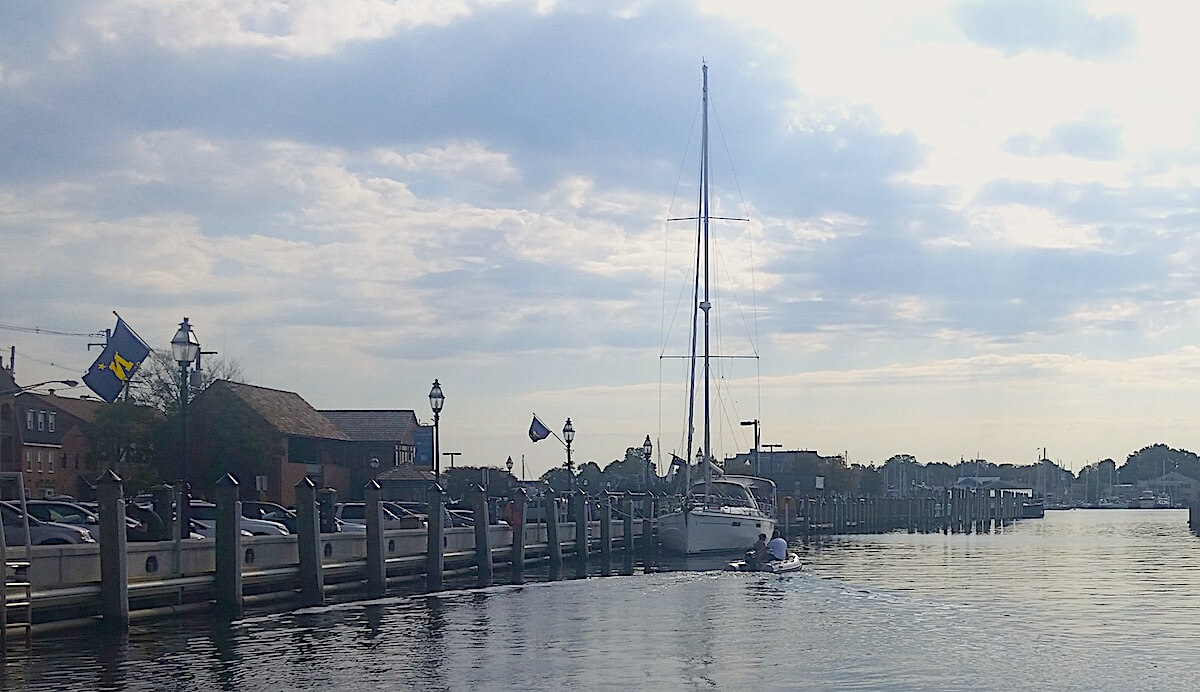

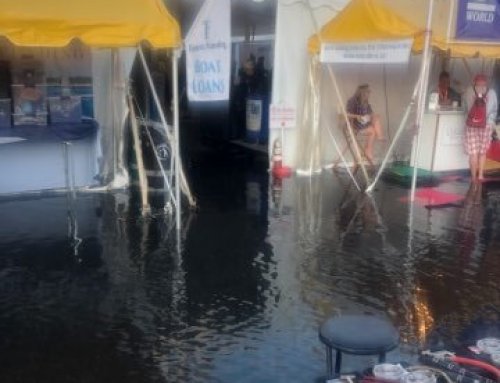
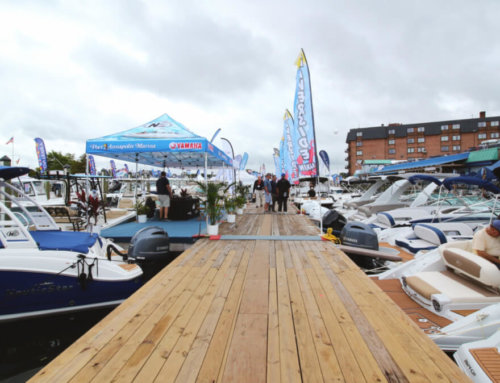
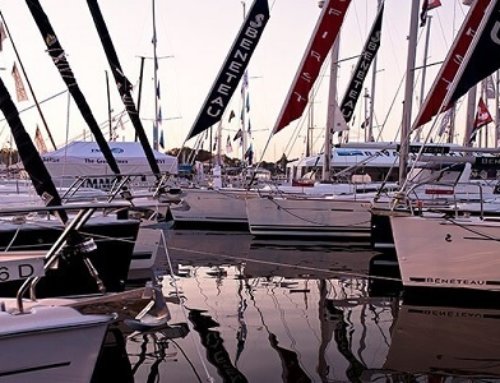
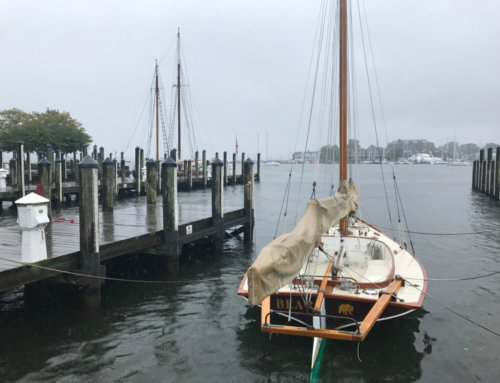

Leave A Comment